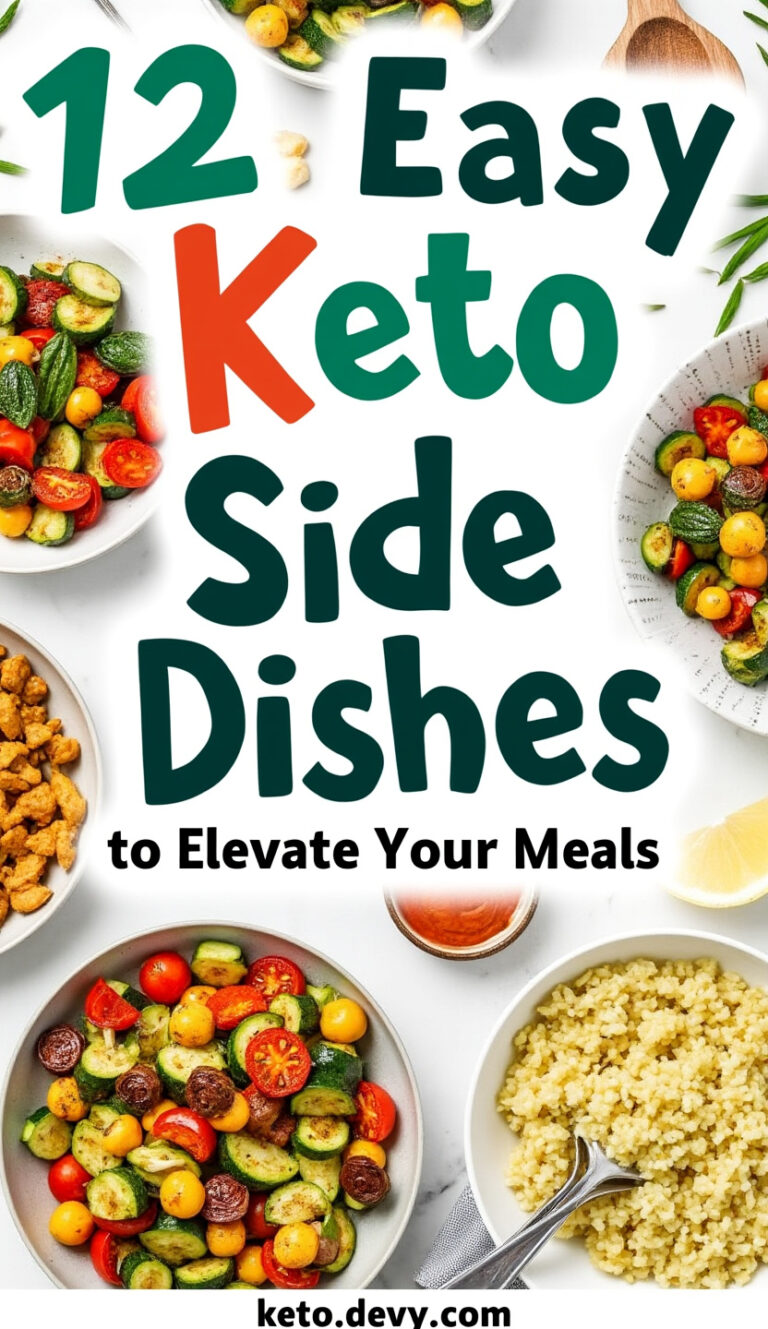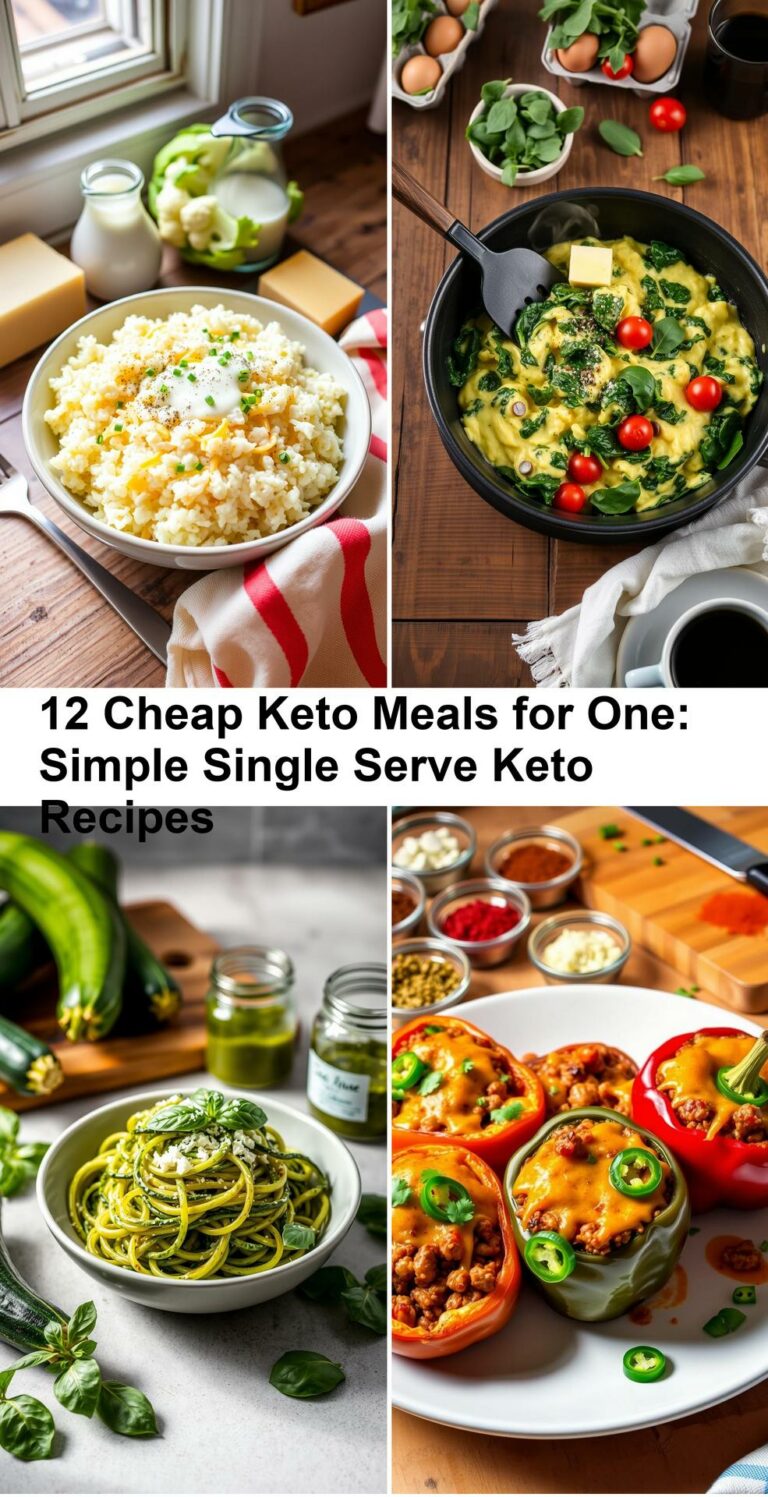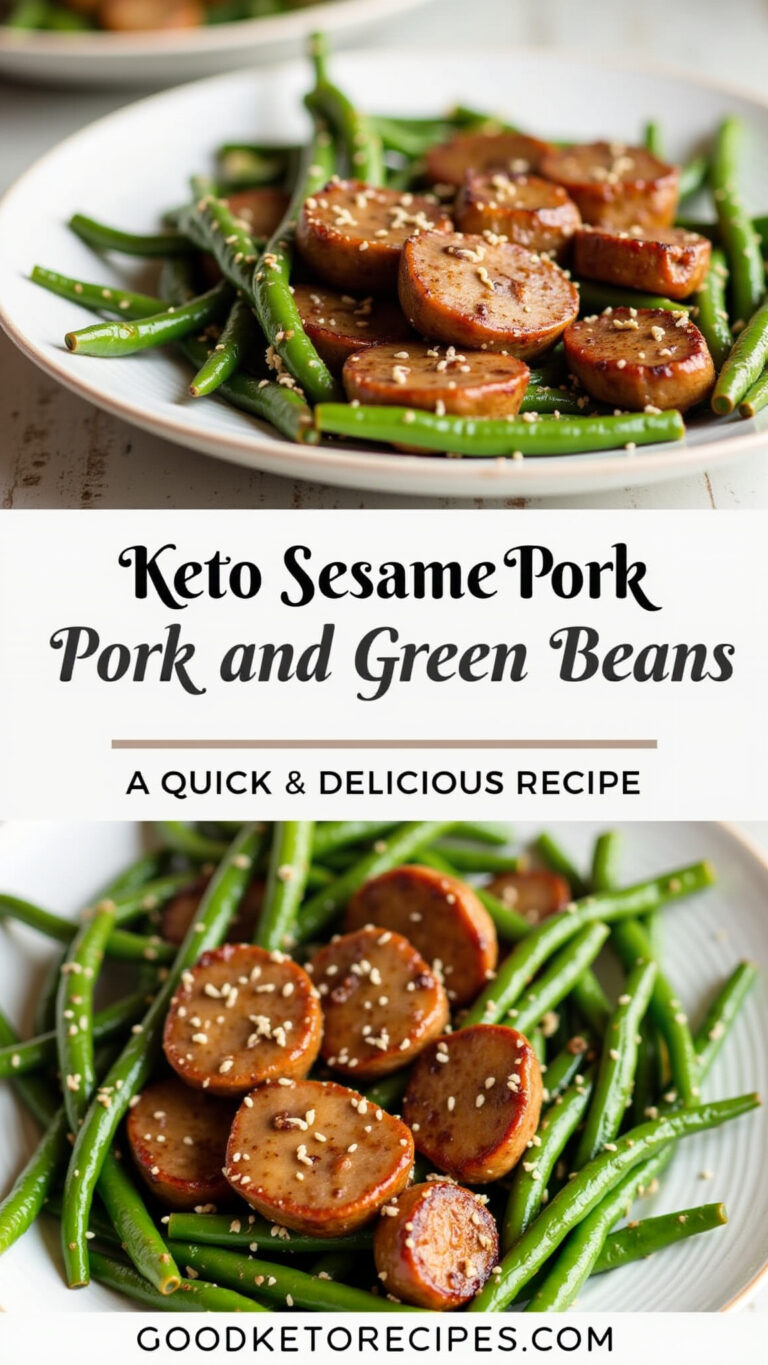Keto No-Go: 10 ‘Healthy’ Foods to Avoid
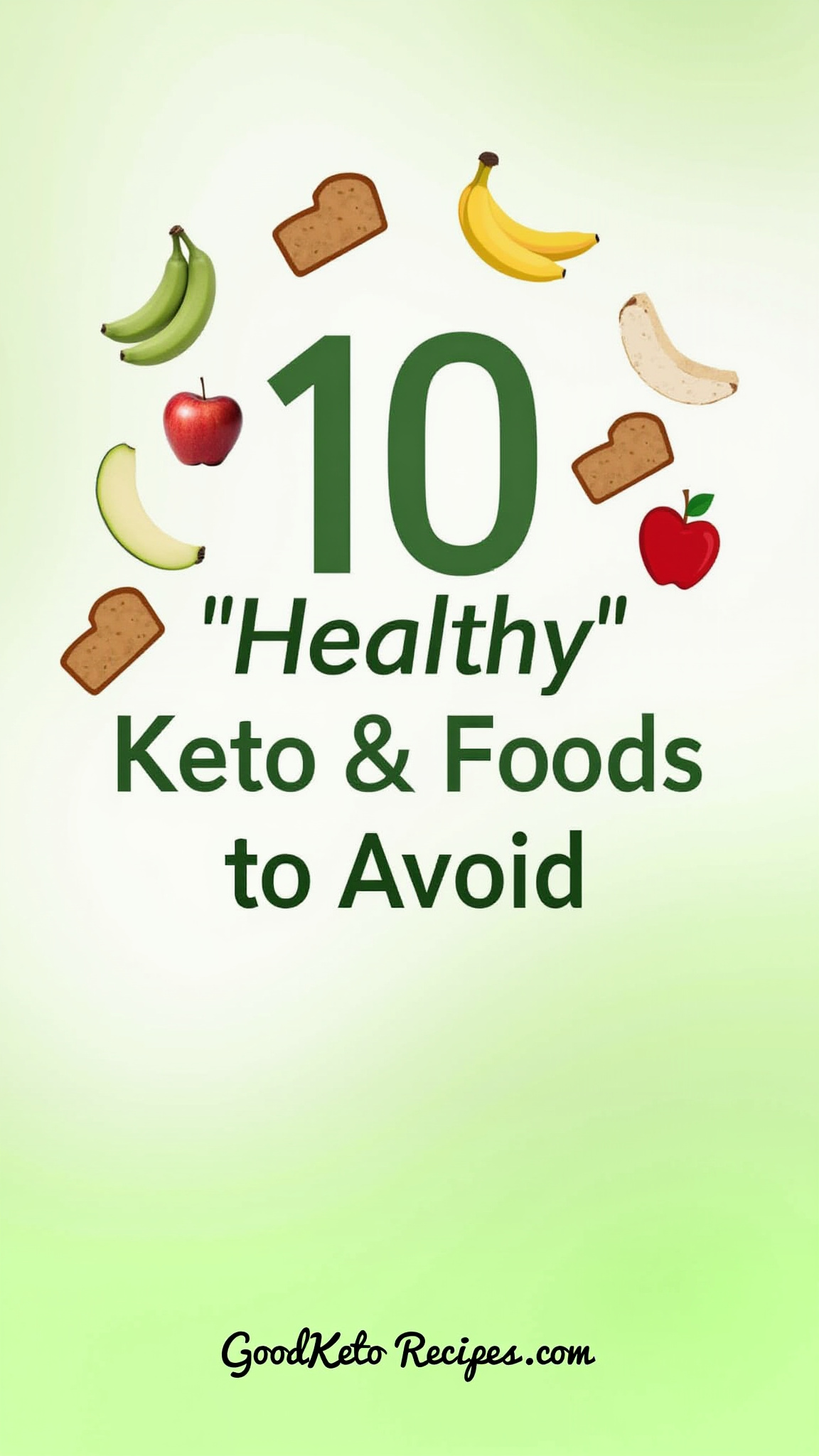
The ketogenic diet, or keto diet, has exploded in popularity for its potential to promote weight loss, improve blood sugar control, and even enhance cognitive function. The core principle of keto is to drastically reduce carbohydrate intake and replace it with fat. This metabolic shift forces the body to enter ketosis, where it burns fat for fuel instead of glucose. While many foods are naturally keto-friendly, some seemingly healthy options are surprisingly high in carbohydrates and can sabotage your efforts to stay in ketosis. This article highlights ten “healthy” foods that are generally off-limits on a keto diet, explaining why they’re problematic and offering keto-compatible alternatives.
Understanding the Keto Diet’s Macronutrient Ratios
Before diving into the list, it’s crucial to understand the typical macronutrient breakdown of a keto diet:
- Fat: 70-80% of daily calories
- Protein: 20-25% of daily calories
- Carbohydrates: 5-10% of daily calories (typically 20-50 grams net carbs per day)
“Net carbs” are calculated by subtracting fiber and sugar alcohols from the total carbohydrate content. This is because fiber and many sugar alcohols are not fully digested and have a minimal impact on blood sugar levels. Keeping this ratio in mind will help you understand why the following foods are problematic on keto.
1. Bananas: The Potassium-Rich Carb Bomb
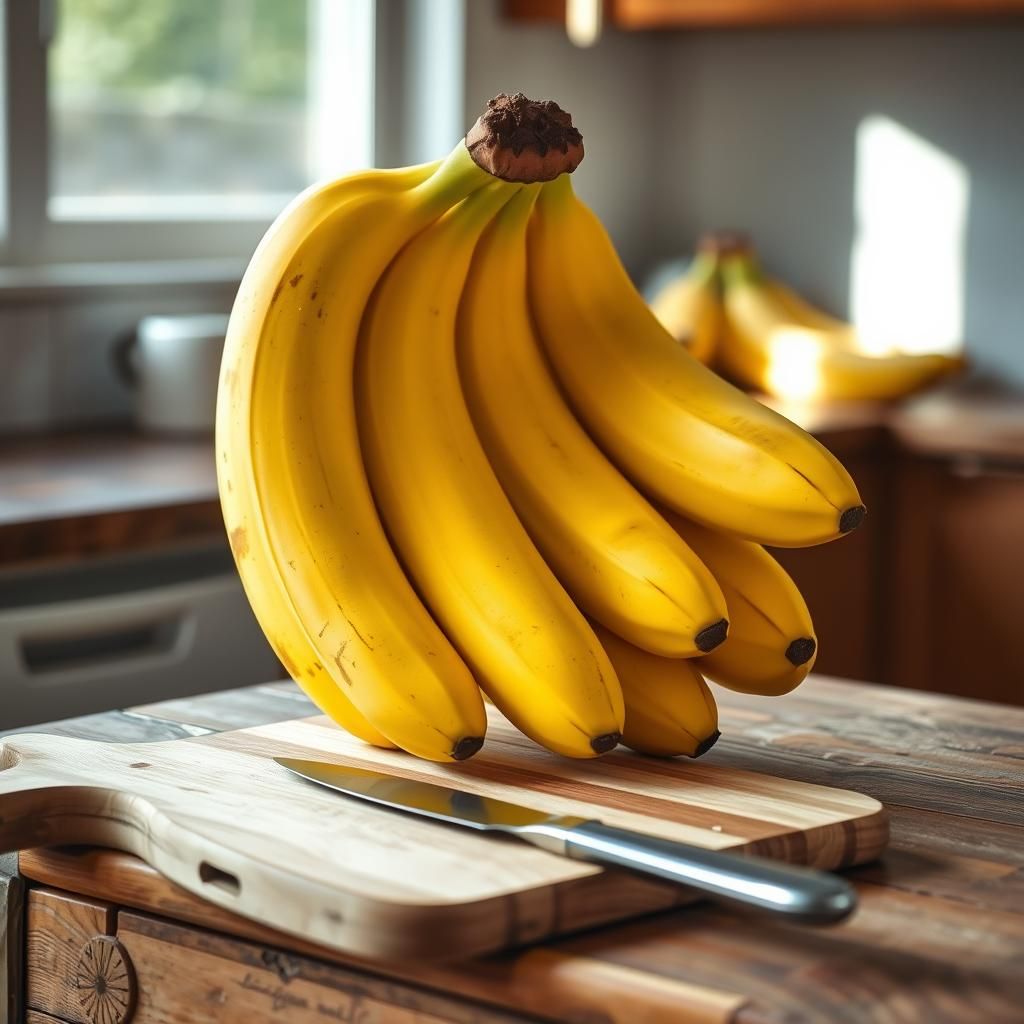
Bananas are often touted as a healthy source of potassium, electrolytes, and fiber. While true, they are also very high in carbohydrates. A medium-sized banana contains approximately 27 grams of total carbohydrates and only around 3 grams of fiber, resulting in about 24 grams of net carbs. This high carbohydrate content can easily kick you out of ketosis.
- Why Avoid: High in carbohydrates.
- Keto Alternative: Avocados are an excellent source of potassium and healthy fats, with a much lower net carb count. Spinach is also a good source of potassium.
2. Grapes: Small Fruits, Big Sugar
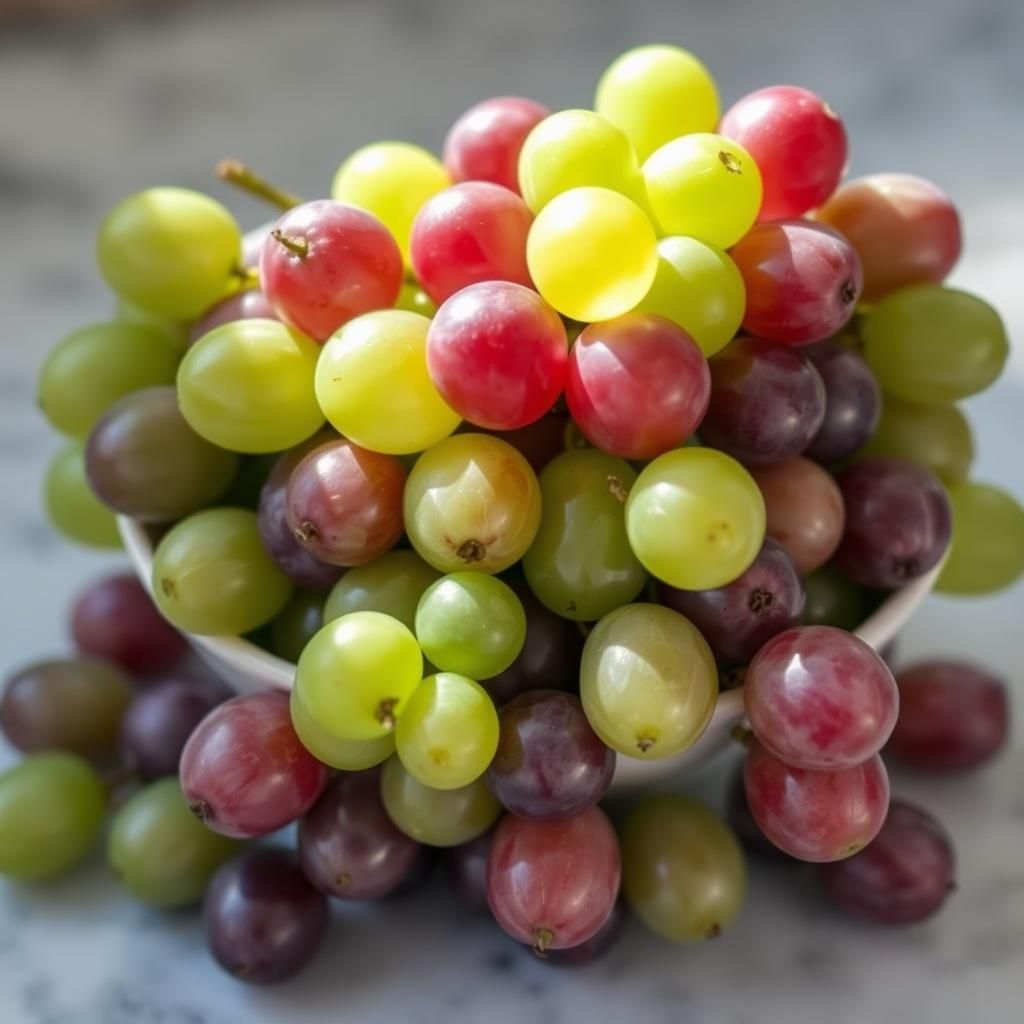
Grapes, particularly sweet varieties like table grapes, are packed with natural sugars (glucose and fructose). One cup (approximately 92 grams) of grapes contains around 23 grams of total carbohydrates and 1 gram of fiber, leaving you with roughly 22 grams of net carbs.
- Why Avoid: High in sugar and carbohydrates.
- Keto Alternative: Small portions of berries like raspberries, blackberries, or strawberries are generally acceptable in moderation on keto, as they are lower in carbohydrates and higher in fiber. A small handful (1/4 cup) might be acceptable depending on your carb limit.
3. Mangoes: Tropical Delight, Keto Disaster
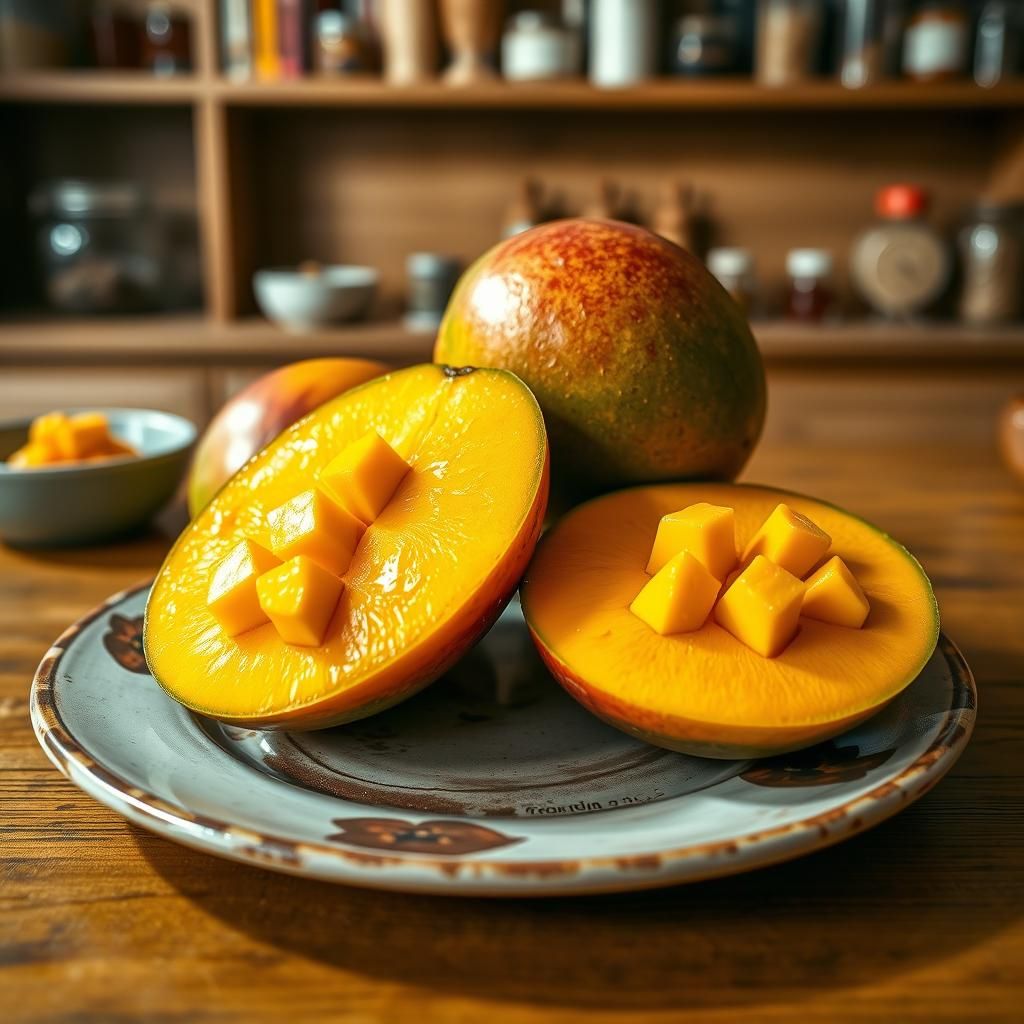
Mangoes are a delicious tropical fruit rich in vitamins and antioxidants. However, their high sugar content makes them a poor choice for keto dieters. One mango contains approximately 50 grams of carbohydrates, with a relatively low fiber content.
- Why Avoid: Very high in carbohydrates and natural sugars.
- Keto Alternative: Papaya, in very small quantities, may be a better (but still cautious) choice compared to mango. However, prioritize other keto-friendly fruit options like berries.
4. Sweet Potatoes: A Starchy Vegetable Imposter

Sweet potatoes are often considered a healthier alternative to white potatoes due to their higher vitamin and fiber content. While that’s true in a general sense, they are still high in carbohydrates. One medium-sized sweet potato contains about 24 grams of carbohydrates and 4 grams of fiber, resulting in approximately 20 grams of net carbs.
- Why Avoid: Starchy and high in carbohydrates.
- Keto Alternative: Cauliflower is an incredibly versatile low-carb vegetable that can be used to mimic the texture and flavor of mashed potatoes or even rice. Radishes, turnips and celeriac (celery root) are also lower-carb root vegetable alternatives.
5. Corn: A Grain Disguised as a Vegetable

Corn is technically a grain, not a vegetable, and it’s surprisingly high in carbohydrates. One ear of corn contains approximately 27 grams of carbohydrates and 4 grams of fiber, giving you around 23 grams of net carbs. Corn also has a relatively high glycemic index, meaning it can cause a rapid spike in blood sugar.
- Why Avoid: High in carbohydrates and can spike blood sugar.
- Keto Alternative: Green beans are a much better vegetable choice for keto. They are low in carbohydrates and provide a good source of fiber and nutrients.
6. Beans and Legumes: Protein Powerhouse, Carb Overload
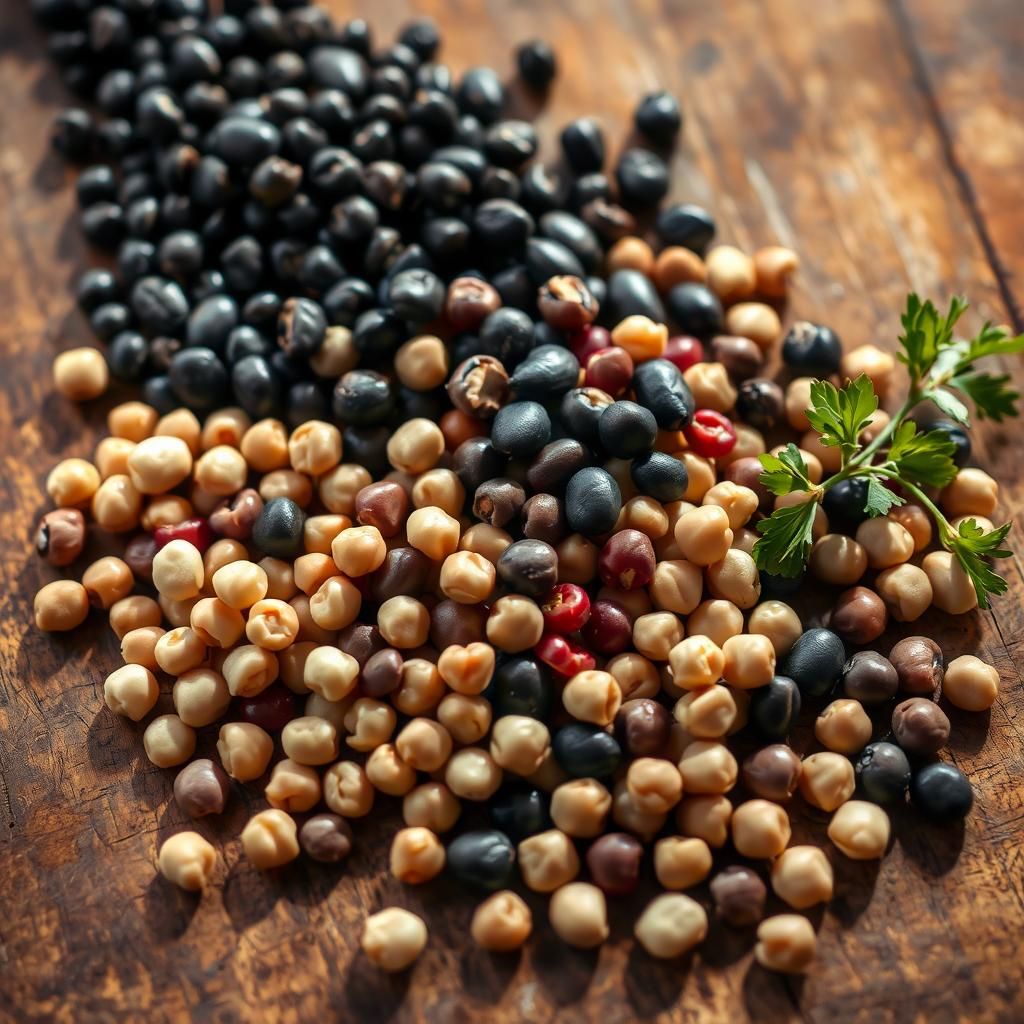
Beans and legumes (such as lentils, chickpeas, and black beans) are excellent sources of plant-based protein and fiber. However, they are also high in carbohydrates. For example, one cup of cooked black beans contains approximately 41 grams of carbohydrates and 15 grams of fiber, resulting in about 26 grams of net carbs.
- Why Avoid: High in carbohydrates, even with their fiber content.
- Keto Alternative: While most beans are off-limits, some keto dieters may tolerate small amounts of very low-carb legumes like green beans or black soybeans (also known as black soy). However, moderation is key and tracking is essential. Focus on animal-based protein sources or lower-carb nuts and seeds.
7. Quinoa: The “Healthy” Grain That’s Not Keto

Quinoa is often promoted as a healthy and complete protein source. While it’s nutritious, it’s also a grain and therefore high in carbohydrates. One cup of cooked quinoa contains approximately 39 grams of carbohydrates and 5 grams of fiber, leaving you with about 34 grams of net carbs.
- Why Avoid: High in carbohydrates for a single serving.
- Keto Alternative: Shirataki rice or konjac rice are excellent low-carb alternatives to rice and other grains. They are made from the konjac root and are very low in calories and carbohydrates. Cauliflower rice is another popular option.
8. Oatmeal: A Breakfast Staple to Skip
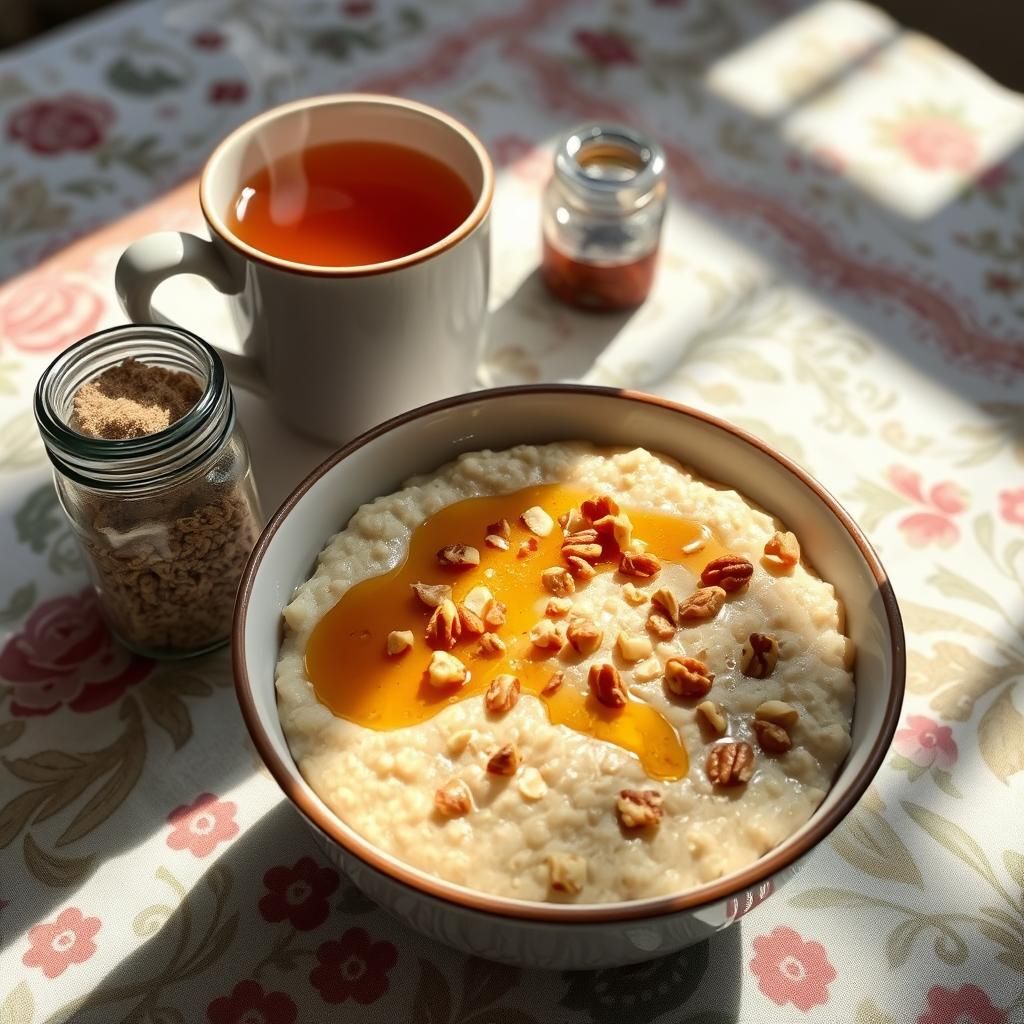
Oatmeal is a popular breakfast food often associated with health and weight loss. However, it’s primarily composed of carbohydrates. One cup of cooked oatmeal contains approximately 28 grams of carbohydrates and 4 grams of fiber, resulting in about 24 grams of net carbs.
- Why Avoid: High in carbohydrates, particularly if sweetened.
- Keto Alternative: Chia seed pudding is a fantastic low-carb breakfast option. Chia seeds are high in fiber, healthy fats, and protein. You can customize it with keto-friendly sweeteners and flavors. Coconut flour porridge is also a good option.
9. Honey: Natural Sweetener, Pure Sugar

Honey is often perceived as a healthier alternative to refined sugar. While it does contain some antioxidants and minerals, it’s still primarily composed of sugar (glucose and fructose). One tablespoon of honey contains approximately 17 grams of carbohydrates, almost entirely from sugar.
- Why Avoid: High in sugar and carbohydrates, quickly raising blood sugar levels.
- Keto Alternative: Use keto-friendly sweeteners like erythritol, stevia, monk fruit, or allulose. These sweeteners have minimal impact on blood sugar levels.
10. Some Yogurt Varieties: Watch Out for Added Sugar

Yogurt can be a healthy source of protein and probiotics. However, many flavored yogurt varieties are loaded with added sugar, which can quickly derail your keto diet. Even plain yogurt contains lactose, a natural sugar found in milk.
- Why Avoid: Flavored yogurts often contain high amounts of added sugar; plain yogurt contains lactose.
- Keto Alternative: Full-fat, plain Greek yogurt or unsweetened coconut yogurt are lower in carbohydrates compared to other types of yogurt. Read the nutrition labels carefully and choose options with the lowest carbohydrate content. You can add your own keto-friendly sweeteners and flavorings. Consider adding a small amount of berries, if your daily carb count allows.
The Importance of Reading Nutrition Labels
The key takeaway from this list is the importance of carefully reading nutrition labels. Even foods that are generally considered “healthy” can be surprisingly high in carbohydrates and unsuitable for a keto diet. Pay attention to the serving size, total carbohydrate content, fiber content, and added sugars.
Tips for Staying in Ketosis
- Track Your Macros: Use a food tracking app to monitor your daily intake of carbohydrates, fat, and protein.
- Plan Your Meals: Planning your meals in advance can help you stay on track and avoid impulsive food choices.
- Focus on Whole Foods: Prioritize whole, unprocessed foods like meat, poultry, fish, eggs, non-starchy vegetables, and healthy fats.
- Stay Hydrated: Drinking plenty of water is essential for overall health and can also help with satiety.
- Listen to Your Body: Pay attention to how your body responds to different foods and adjust your diet accordingly.
- Consider Intermittent Fasting: Intermittent fasting can help boost ketosis and improve insulin sensitivity.
- Exercise Regularly: Regular physical activity can help burn fat and improve metabolic health.
- Get Enough Sleep: Adequate sleep is crucial for hormone regulation and overall well-being.
- Manage Stress: Chronic stress can lead to increased cortisol levels, which can interfere with ketosis.
Navigating the Keto Diet: Experience and Expertise
Embarking on a ketogenic diet requires understanding and experience. The information provided here is designed to guide you toward making informed dietary choices, emphasizing the importance of avoiding certain “healthy” foods that can hinder ketosis.
It’s not just about avoiding carbs; it’s about understanding the metabolic processes involved and tailoring your diet to your individual needs. Experience with tracking macros, experimenting with different food combinations, and observing your body’s response are all crucial for success. Authoritative sources, such as registered dietitians or medical professionals experienced in ketogenic therapies, should always be consulted before making significant dietary changes, especially if you have pre-existing health conditions. The trustworthiness of online information is paramount, so rely on reputable sources and double-check information.
Knowledge is Key to Keto Success
While many “healthy” foods are nutrient-rich, their high carbohydrate content makes them unsuitable for a ketogenic diet. By understanding which foods to avoid and choosing keto-friendly alternatives, you can successfully enter and maintain ketosis, maximizing the potential benefits of this diet. Remember to read nutrition labels carefully, track your macros, and listen to your body. With careful planning and a commitment to staying informed, you can navigate the keto diet with confidence and achieve your health goals. The key to success on the ketogenic diet lies in informed choices and a commitment to understanding how different foods impact your body’s metabolic state.
Check Out This
Affiliate Link Disclosure: Some of the links in this post are affiliate links. This means that if you click on the link and make a purchase, I may receive a small commission at no extra cost to you. I only recommend products or services that I personally use and believe will be valuable to my readers.

